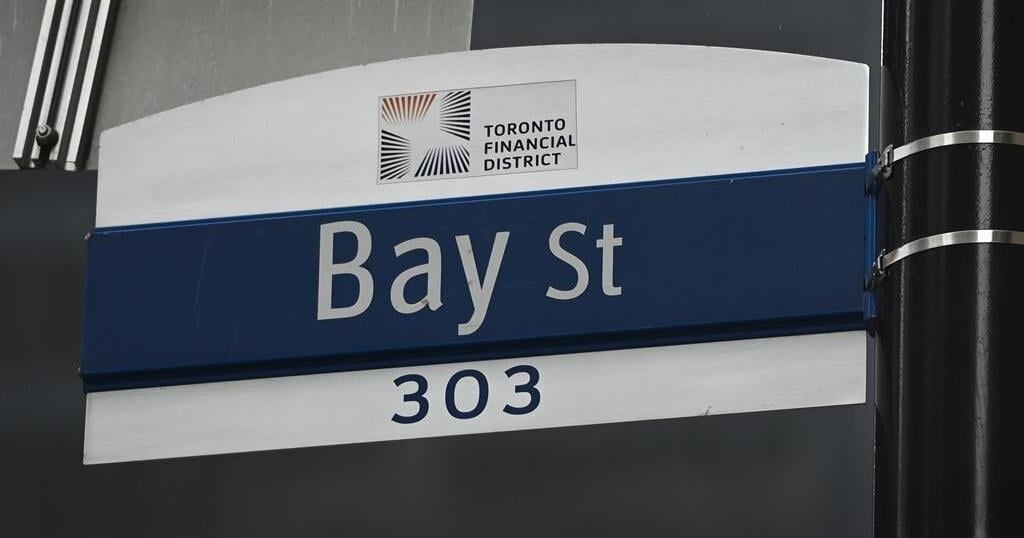TORONTO – Canada’s main stock index edged lower on Wednesday, weighed down by the energy sector as the price of oil fell, while U.S. stock markets were mixed, with the S&P 500 and Dow slipping from the records set the day before.
The S&P/TSX composite index closed down 46.34 points at 23,905.88.
In New York, the Dow Jones industrial average was down 293.47 points at 41,914.75. The S&P 500 index was down 10.67 points at 5,722.26, while the Nasdaq composite was up 7.68 points at 18,082.20.
It was a quieter day as investors anticipated important economic data to come later in the week, said Jennifer Tozser, senior wealth adviser and portfolio manager with Tozser Wealth Management at National Bank Financial Wealth Management.
The next report on U.S. GDP is scheduled for release Thursday, while Friday will bring the Personal Consumption Expenditures index.
Investors will be looking for hints in the data on what the U.S. Federal Reserve might do next, Tozser said.
“Now everybody’s just sitting there looking to see if tomorrow’s economic data suggests not only how many more cuts are to come, but how fast and what magnitude.”
Last week, the U.S. Federal Reserve cut its key interest rate by half a percentage point, the first cut since its hiking campaign to fight inflation.
Meanwhile, the Bank of Canada has already cut its key rate three times this year, as the Canadian economy and labour market have softened faster than in the U.S.
Central banks in both Canada and the U.S. are set to keep cutting interest rates, but Tozser said the path is less certain south of the border.
Lower rates and the promise of more cuts on the horizon are helping boost the recent sectoral rotation in markets, said Tozser, with a broader group of companies seeing gains as attention on the Magnificent Seven stocks eases.
“We’re seeing strength in the overall economy, not just those few leaders that have been able to swim against the tide,” she said.
Large tech companies like Nvidia have led gains this year on the back of optimism over artificial intelligence.
The Canadian dollar traded for 74.28 cents US compared with 74.25 cents US on Tuesday.
The November crude oil contract was down US$1.87 at US$69.69 per barrel and the November natural gas contract was up three cents at US$2.82 per mmBTU.
The December gold contract was up US$7.70 at US$2,684.70 an ounceand the December copper contract was down less than a penny at $4.49 a pound.
This report by The Canadian Press was first published Sept. 25, 2024.
Companies in this story: (TSX:GSPTSE, TSX:CADUSD)


























